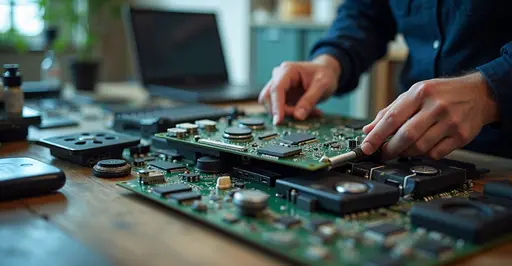
EU Adopts New Regulations on Single-Use Electronics
The European Union has implemented groundbreaking regulations requiring electronics manufacturers to prioritize repairability and recyclability in product design. Effective immediately, these rules target the growing e-waste crisis by mandating that devices like smartphones, laptops, and small appliances be designed for easy disassembly.
Key Design Requirements
Manufacturers must now:
- Provide spare parts for at least 7 years
- Use standardized screws instead of adhesives
- Include repair manuals with new products
- Label materials for efficient recycling
The regulations build on the WEEE Directive but introduce stricter requirements for product longevity. Companies face fines up to 4% of global revenue for non-compliance.
Environmental Impact
With Europeans generating 12 million tons of e-waste annually, the new rules aim to:
- Reduce e-waste by 30% by 2030
- Increase electronics recycling rates to 65%
- Cut manufacturing carbon emissions
"This ends the era of disposable gadgets," stated EU Environment Commissioner. "We're making repair the new normal."
Consumer Benefits
The regulations include consumer protection measures:
- Right to repair without voiding warranties
- Access to affordable repair services
- Clear repairability scoring on product packaging
Manufacturers have 18 months to comply fully. Industry response has been mixed, with some companies welcoming standardization while others cite increased production costs.

 Nederlands
Nederlands
 English
English
 French
French
 Deutsch
Deutsch
 Espaniol
Espaniol
 Portugese
Portugese








